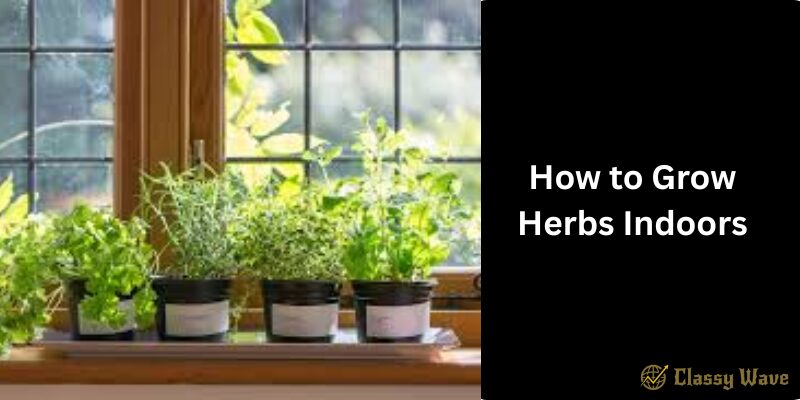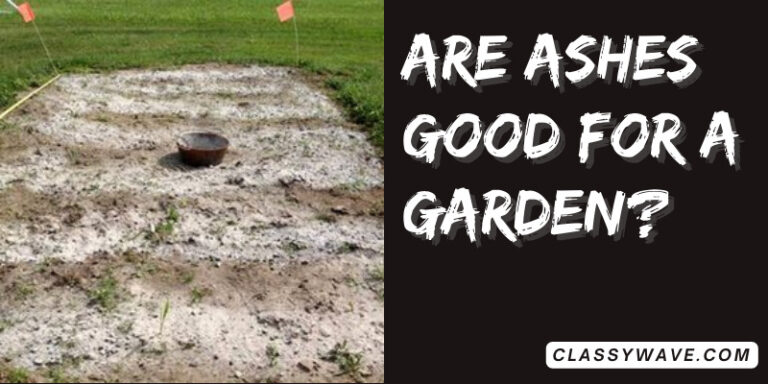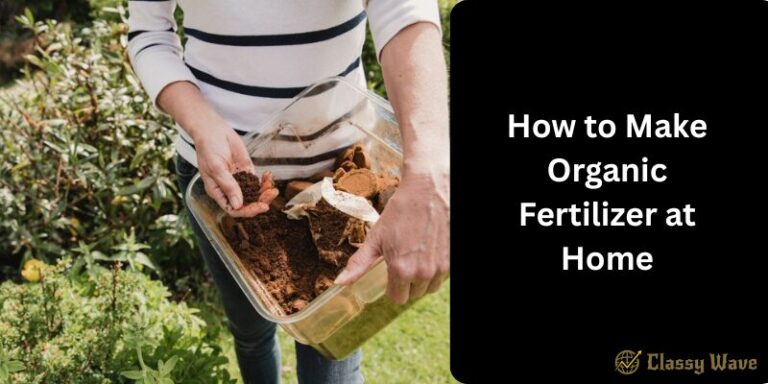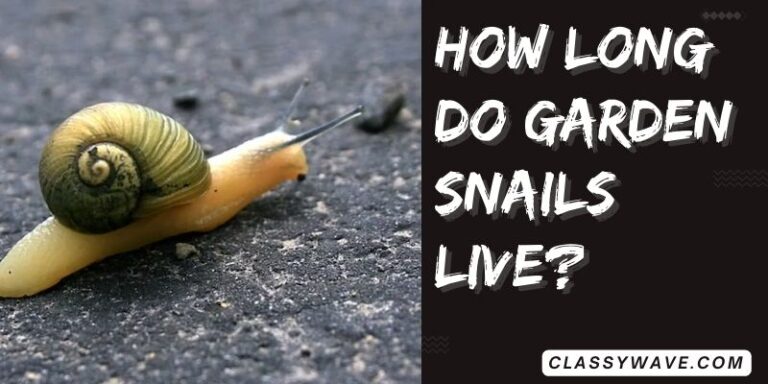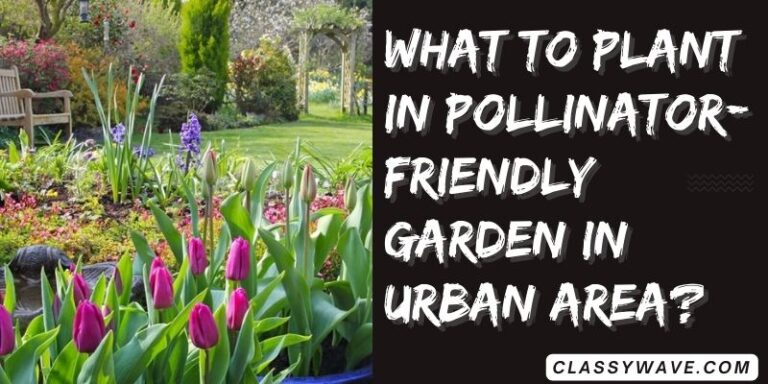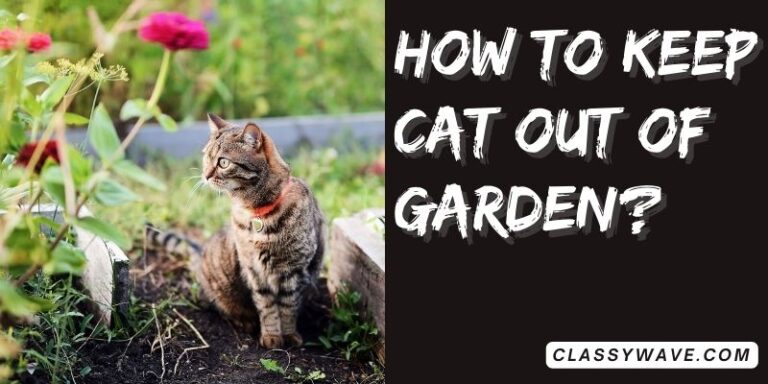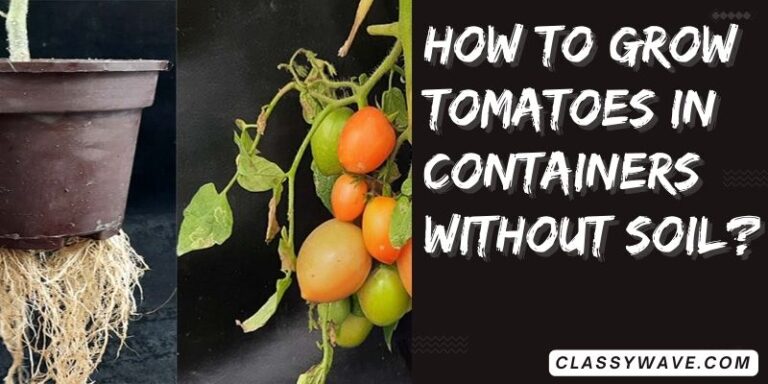How to Grow Herbs Indoors | Classy wave
Ever dreamed of having fresh basil, mint, or rosemary right at your fingertips? Growing herbs indoors is the perfect solution — no need for a big backyard or fancy greenhouse. You can grow your favorite herbs in a small apartment, on a sunny windowsill, or even under grow lights. It’s simple, fun, and incredibly rewarding.
In this guide, you’ll learn everything you need to know about how to grow herbs indoors successfully — from choosing the right herbs to keeping them healthy all year long.
Why Grow Herbs Indoors?
Growing herbs indoors gives you access to fresh, flavorful ingredients anytime. It saves you money, reduces waste, and adds greenery to your home. Plus, herbs like mint and basil release a refreshing aroma that can uplift your mood and purify indoor air.
Some key benefits include:
- Year-round harvests regardless of the weather
- No pests or outdoor plant diseases
- Easy maintenance
- Aesthetic and aromatic home environment
Choosing the Best Herbs to Grow Indoors
Not all herbs thrive indoors, so choose varieties that adapt well to indoor conditions.
Here are some top picks for beginners:
- Basil – Perfect for salads, sauces, and pasta dishes.
- Mint – Great for teas, drinks, and desserts.
- Thyme – Hardy and easy to grow with minimal care.
- Parsley – Fast-growing and versatile.
- Rosemary – Adds fragrance and flavor to meals.
- Cilantro – Ideal for salsas and Asian dishes.
- Chives – Adds mild onion flavor to any dish.
Start with 3–4 types of herbs and expand once you get the hang of it.
Picking the Right Containers
Use containers that have drainage holes to prevent root rot. Herbs hate sitting in soggy soil. Clay pots are excellent because they allow excess moisture to evaporate. You can also use ceramic, plastic, or recycled containers — just make sure they’re about 6–8 inches deep.
If you want a more organized setup, try a windowsill herb planter box or hanging pots to save space.
Choosing the Best Soil for Indoor Herbs
Herbs prefer well-draining, nutrient-rich soil. Use a high-quality potting mix designed for vegetables or herbs. Avoid using regular garden soil, as it can compact and block airflow.
You can also create your own mix using:
- 2 parts potting soil
- 1 part perlite or sand (for drainage)
- 1 part compost (for nutrients)
This ensures your herbs have the perfect balance of moisture, air, and nutrition.
Providing the Right Amount of Light
Light is the most important factor for indoor herb growth. Most herbs need at least 6–8 hours of sunlight daily. Place your plants on a south-facing window for maximum exposure.
If your home doesn’t get much natural light, don’t worry! You can use LED grow lights. Keep the lights on for 12–14 hours a day and about 6 inches above your plants for the best results.
Watering Indoor Herbs Properly
Overwatering is a common mistake. Always check the soil before watering — stick your finger about an inch deep. If it feels dry, water it. If it’s still moist, wait another day.
Here are some quick watering tips:
- Water slowly until you see it draining from the bottom.
- Avoid letting pots sit in standing water.
- Mist leaves occasionally to keep humidity balanced.
Most herbs prefer slightly moist but not soggy soil.
Feeding Your Herbs
Since indoor herbs don’t get nutrients from outdoor soil, you’ll need to feed them regularly. Use a liquid organic fertilizer every 2–3 weeks during the growing season. Herbs like basil and parsley benefit greatly from nitrogen-rich fertilizers for healthy leaf growth.
Remember — too much fertilizer can reduce the flavor of herbs, so go easy!
Temperature and Humidity Requirements
Indoor herbs love moderate conditions.
- Keep temperatures between 60°F–75°F (15°C–24°C).
- Avoid placing herbs near cold drafts or heaters.
- Maintain humidity with a small water tray or humidifier nearby if your home is very dry.
Mint, basil, and parsley enjoy slightly higher humidity levels compared to woody herbs like rosemary and thyme.
Pruning and Harvesting
Pruning keeps your herbs bushy and productive. Start trimming once the plant has at least 4–6 inches of growth. Always cut just above a leaf node (the point where leaves grow).
For harvesting:
- Never remove more than one-third of the plant at once.
- Use sharp scissors to snip fresh leaves.
- Regular trimming encourages new growth and prevents the plant from flowering too early.
Common Problems and How to Fix Them
Even with the best care, indoor herbs can face issues. Here’s how to troubleshoot:
| Problem | Cause | Solution |
|---|---|---|
| Yellow leaves | Overwatering | Reduce watering frequency |
| Leggy stems | Not enough light | Move to sunnier spot or use grow lights |
| Wilting | Underwatering or heat | Water properly and move away from direct heat |
| White mold | Poor air circulation | Ensure good airflow and don’t overwater |
Best Spots to Grow Herbs Indoors
- Kitchen windowsill: Convenient and sunny.
- Living room shelf: Adds greenery and decor.
- Balcony or patio: Great for natural light exposure.
- Under grow lights on a counter: Ideal for apartments without sun access.
Arrange them in decorative containers or a vertical herb rack for a stylish indoor garden.
Propagation Tips (Bonus)
Want to grow more herbs for free? Try propagation! Cut a 4-inch stem from your favorite herb, remove the lower leaves, and place it in water. After 1–2 weeks, roots will appear. Then, transfer it into soil. Herbs like basil, mint, and oregano root easily this way.
Conclusion
Learning how to grow herbs indoors is easy, affordable, and incredibly fulfilling. With the right light, soil, and care, you can enjoy a steady supply of fresh, aromatic herbs right from your windowsill. Whether you love cooking, decorating, or simply being surrounded by greenery, an indoor herb garden will make your home livelier and your meals tastier.

